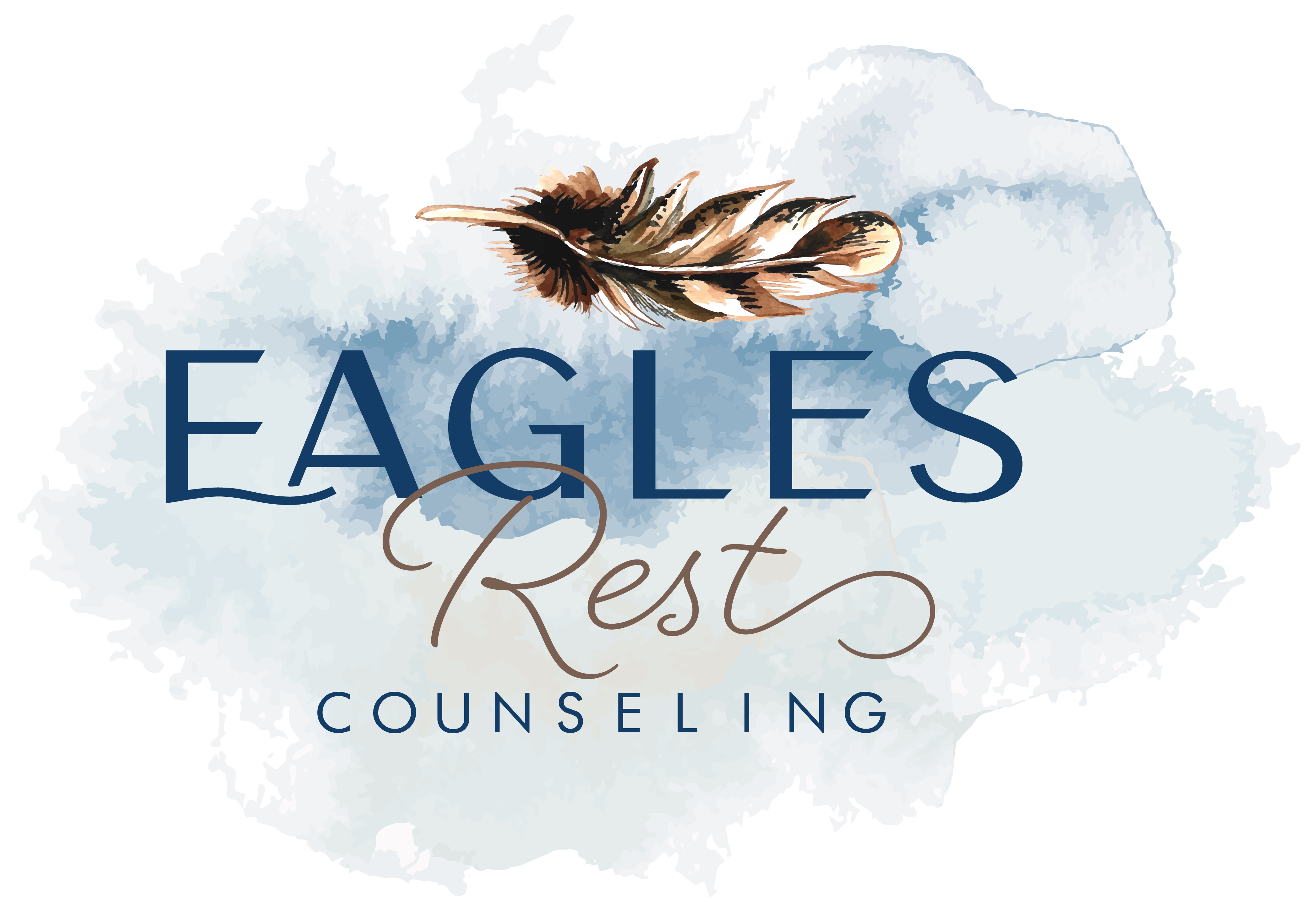An Overview of EMDR Therapy Treatment
E. C. Hurley, PhD, COL, USA (Ret)
EMDR therapy is recognized by the American Psychiatric Association (2004) for the effective treatment of trauma. The VA/DOD Clinical Practice Guidelines (2004, 2010) recognize EMDR as being a category “A” (highest level recommendation) for the treatment of trauma. Its efficacy is recognized by the Substance Abuse and Mental Health Services Administration (SAMHSA, 2012) of the federal government. The World Health Organization (2013) recognizes EMDR as being one of two recommended treatments for trauma for children, adolescents and adults.
The therapy requires little talk or information and the client does not have to go into detail about the memories of disturbing events which often contribute to nightmares, flashbacks and being triggered when unexpected events set us off. EMDR therapy is a client‐centered approach so the client is in control of the treatment process. The client determines the pace of the treatment which helps insure the treatment is manageable and effective. There is no homework involved.
The EMDR approach has eight phases:
The Session
First, the therapist talks with the client about both positive life experiences that have strengthened the person’s ability to cope in life as well as what kinds of incidents/events that have happened which contribute to the symptoms being experienced. This is considered phase 1 of the treatment.
Next the client is taught a relaxation technique to insure they are able to manage regulating their responses, i.e., if they become upset they can calm down through self‐regulation using relaxation exercises. It is important the client feel safe in the treatment and know they are always in control of the process. The client selects a “stop signal” which can be used at any time throughout the treatment if he/she needs to stop or take a break.
At the beginning of each session the therapist will reevaluate how the client has been since the previous session. Since the treatment is client‐centered every session begins with a reevaluation of how the client is doing in order to set the pace for the next session insuring the treatment is not overwhelming even if disturbing memories may sometimes become intense. The treatment balances the client’s urgent desire to get through the problems and the ability to manage the intensity of the treatment. The client’s stability and sense of safety during treatment sets the pace of the treatment.
Once a distressing event is identified for treatment the therapist will ask seven questions about how the memory of the event is impacting the client now. The questions are not focused on the details of the event, but how is the event impacting the person now. This is phase 3 of treatment, called the Assessment phase.
Next comes the treatment of the memory of the disturbing event/incident. It is the disturbing memories which have created the symptoms the client is experiencing. When the client recalls what has happened in the incident that memory can become significantly upsetting to the client. So this phase of treatment has the goal of reducing the client’s level of disturbance to “0” and recalling the event no longer upsets them when they remember what happened. After this phase some clients say, “When I think about what happened it’s like I am now an observer looking at the incident from a distance, not a participant.” They remember what happened but the memory has lost its power to upset them.
During treatment (Assessment phase) the client is asked to identify a realistic positive thought they would like to believe about themself, not that they fully believe the positive thought in relation to what happened. Once they get to this phase (Installation, phase 5) of the treatment, that positive, self‐referencing belief is strengthened as strongly as possible.
Before completing treatment of the identified disturbing memory the therapist checks for any stress, tension, or unusual sensations which may be experienced that is connected with the memory of the event. This is called the Body Scan, which is phase 7 in the EMDR treatment approach.
Once the memory of a disturbing event/incident is no longer upsetting (phase 4, Desensitization), the positive, self‐ referencing belief about oneself (pertaining to the event) is enhanced as strongly as possible, and the body sensations (connected to the memory) is clear ‐ the EMDR treatment of the identified memory is complete. If there are other disturbing memories to treat, the EMDR treatment moves to the next disturbing memory in the person’s experience.
EMDR therapy research, funded by Kaiser Permanente found that 100% of single‐trauma and 77% of multiple‐ trauma survivors were no longer diagnosed with post‐traumatic stress disorder after six 50‐minute sessions.
